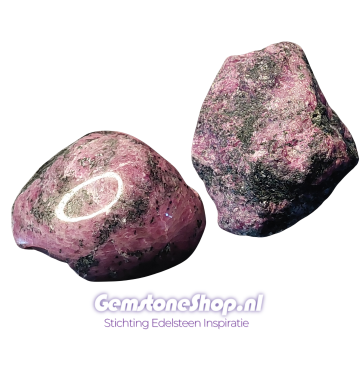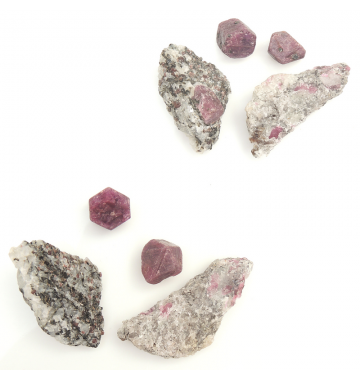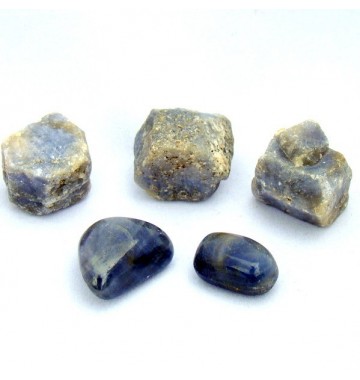- Natural
-
Exquisite Stones
- Unique Carvings
-
Gemstones ABC
-
A
- Strawberry Quartz B
- Abalone
- Actinolite quartz
- Aegirine
- Agate Group
- Ajoite (in Quartz)
- Amazonite
- Amber
- Amethyst
- Ametrine
- Ammolite
- Andalusite
- Andean Opal
- Angelite
- Anyolite
- Apache Tear
- Apatite
- Apophylite
- Aquamarine
- Aragonite
- Astrophylite
- Atlantisite
- Auralite 23
- Aventurine
- Aventurine-Feldspar
- Azurite
- Azurmalachite
- B
-
C
- D - F
- G-H-I
- H - I
- J - K
- L
- M
- N - O
- P - Q
- R
-
S
- Sapphire
- Schörl
- Foam Coral
- Selenite
- Septarian
- Seraphinite
- Serpentine (New Jade)
- Shungite
- Sphalerite
- Emerald
- Smithsonite
- Snow quartz
- Snowflake Obsidian
- Sodalite
- Spectrolite
- Spinel
- Spodumene
- Spodumene, White
- Stibnite
- Stichtite
- Staurolite Fairy Cross
- Star Rose Quartz
- Strawberry Quartz
- Stromatolite
- Sugilite
- Super 7
- Shell
- T - U
-
V - Z
- Hawk's eye
- Vanadinite
- Variscite
- Feldspar Group
- Verdelite, green Tourmaline
- Petrified Wood
- Petrified Coral (Petoskey Stone)
- Vesuvianite
- Fire Opal
- Watermelon Tourmaline
- Wavellite
- White Quartz
- White Selenite
- White spodumene
- Desert Rose
- Starfish
- Zincite
- Zircon
- Zoisite Group
- Aventurine-Feldspar
- Black tourmaline
- Sulphur
- Other Gemstones
-
A
- Gems per Sizes
- Gem Sets
-
Jewelry
- Goud, Zilver & Rvs
- Necklaces
- Pendants
- Bracelets
- Earrings
-
Rings per size
- 3.5 / G
- 4 / H
- 4.5 / J
- 5 / J 1/2
- 5.5 / L
- 5 ¾ / L ½
- 6 / M
- 6.5 / N
- 7 / O
- 7.5 / O ½
- 7.5 / P
- 8 / Q
- 8.5 / Q-Q1/2
- 9 / R 1/2 - S 1/2
- 9 ¼ / S ½
- 9.5 / S 1/2 - T
- 10 / T½
- 10-10.5 / T 1/2 - V
- 10.5 / V
- 11 / V 1/2 - W
- 11 / W
- 12
- 12 / Y
- 12.5 - 13 / Y 1/2 - Z+1
- 13.5 / Z+1 - Z+2
- 13 3/4 - 14 / Z+21/2 - Z+3
- one size fits all
- Stainless Steel
- Without silver
- GemJudith Jewelry
Corundum
Corundum
Corundum comes from "corinvindum" so called in 1725 by John Woodward. It is derived from Sanskrit, kuruvinda ("Ruby"). Richard Kirwan used the current spelling "corundum" in 1794. The name probably refers to the great hardness of the mineral
Data
| Formula | Al2O3 As a raw material: Alumina |
| Color | Blue, red, pink, yellow, gray, golden brown |
| Shine | Adamantine, Glassy, Pearlescent |
| Hardness | 9 |
| Specific Weight | 3.98 - 4.1 |
| Crystal Systeem | Trigonal |
| Transparency | Transparant, Translucent, Opaque |
| Location | Sri Lanka, France and Myanmar |
Corundum was known by many names in ancient times: adamant, sapphire, ruby, hyacinth, asteria, etc.
Polymorph of Deltalumite
Corundum is the aluminum analogue of Eskolaite, Hematite and Karelianite.
The red (Cr-bearing) gemstone is called Ruby. The blue (Fe and Ti bearing) gemstone variety is called Sapphire.
Ordinary Corundum, stones that are not of gem quality are used as a grinding and polishing agent. Well-known grinding material 'smear' consists of fine-grained Corundum with Magnetite, Hematite and Quartz mixed in
The Korund group consists of: Ruby and Sapphire
If in stock you will find my collection of Raw Gemstones below.
Are you looking for cut Gemstones from the Korund Group, look at KORUND GROUP
Active filters
-
Saphir rohes Kristall
€6.69Saphire Rough
the crystal structure you will recognize in these pieces
color: light blue
size: app. 10-20mm
In Stock -
-
-
-
Blue Saphire Rough Crystal...
€49.50Saphire Rough
the crystal structure you will recognize in these pieces
color: light blue
size: app. 20mm
Last items in stock





